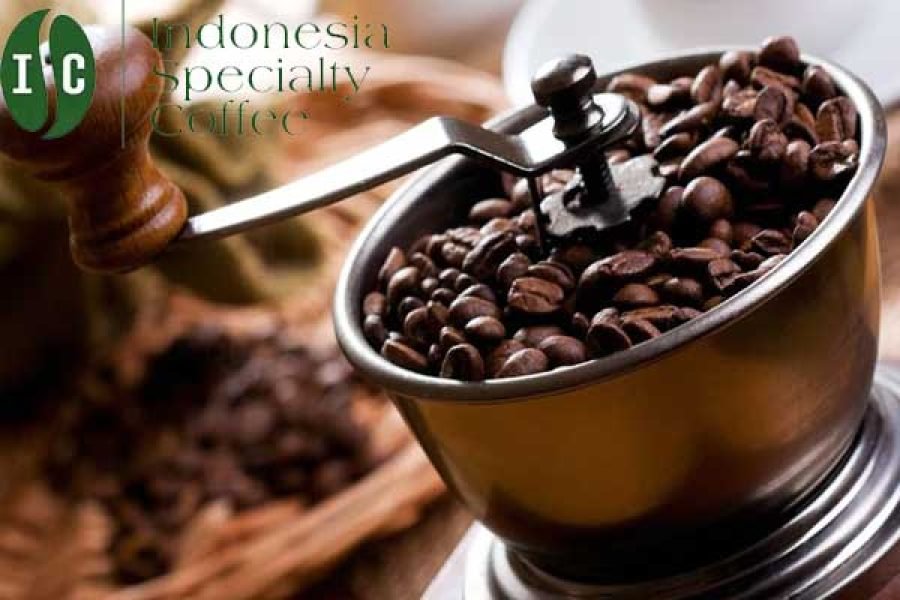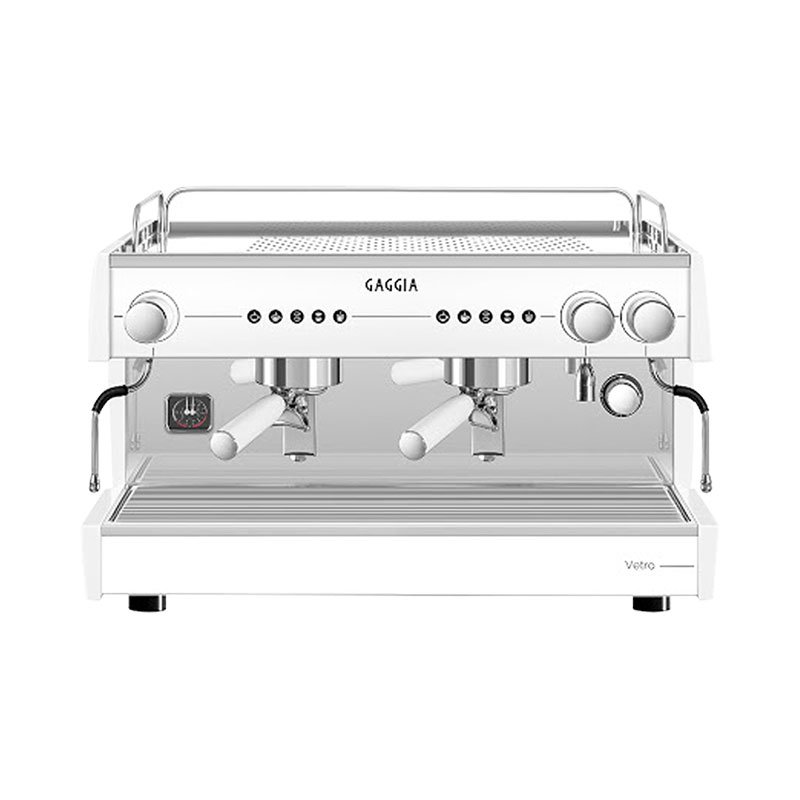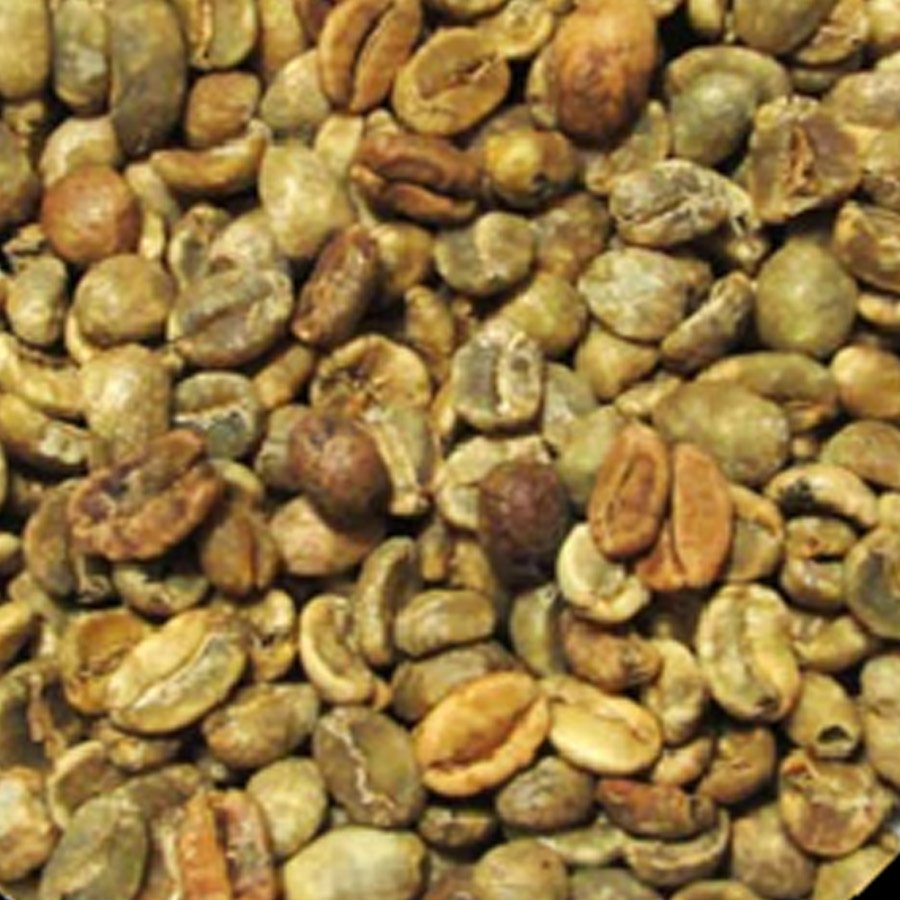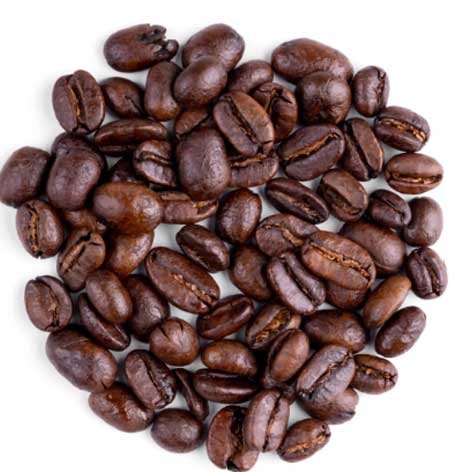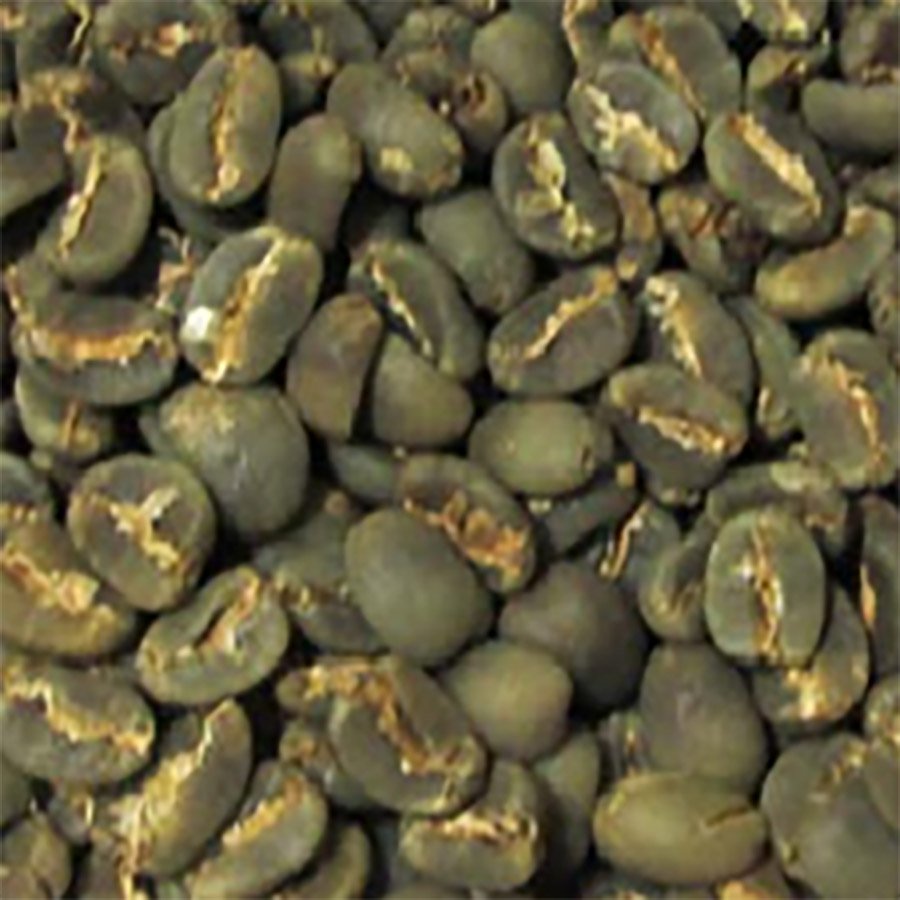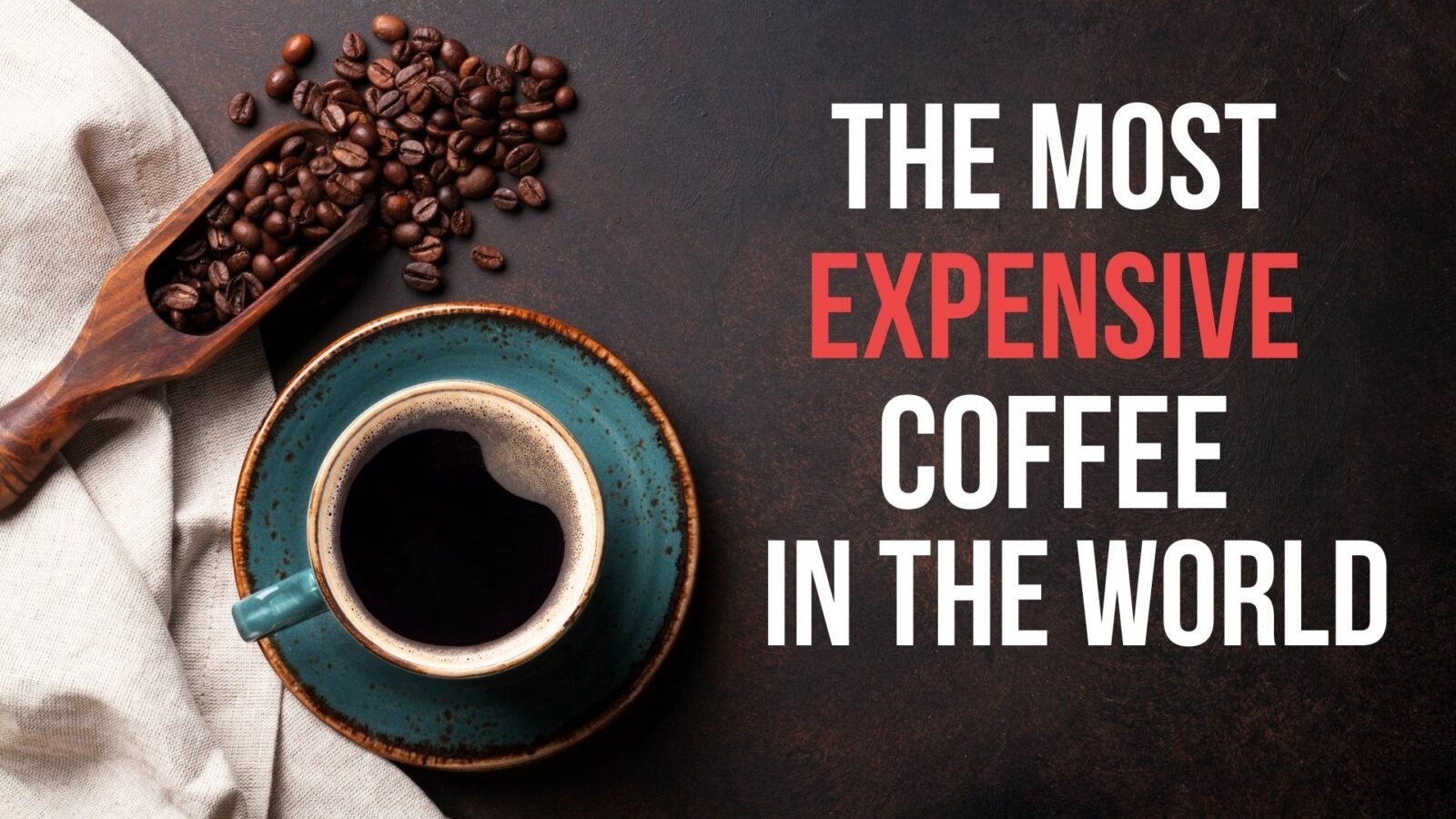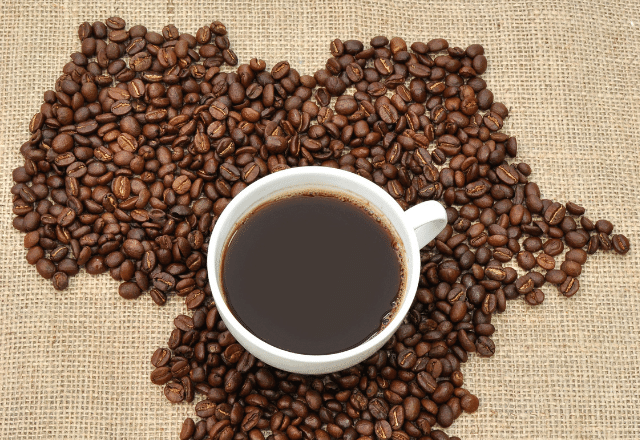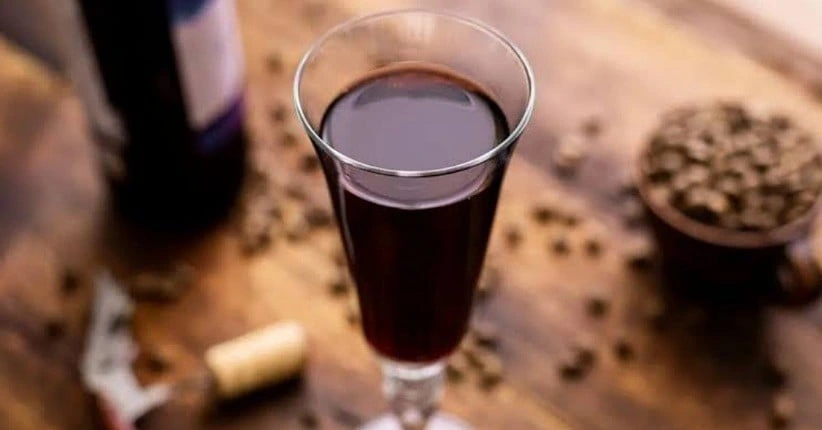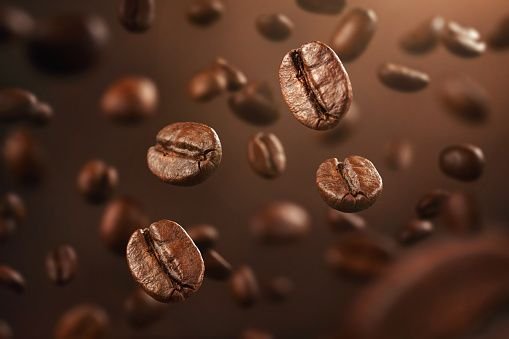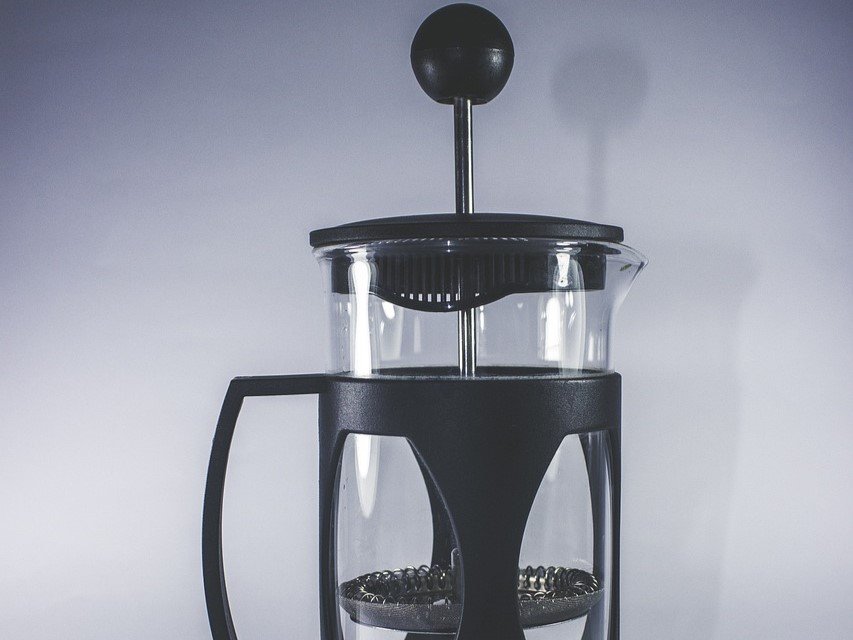Are you tired of mediocre coffee that lacks flavor and depth? Look no further because we have the ultimate solution for you. Welcome to the “Ultimate Coffee Grind Chart: A Comprehensive Guide for Brewing the Perfect Cup.” In this article, we will take you on a journey through various coffee grind sizes and their impact on the flavor profiles of your favorite brews.
Whether you prefer a strong and robust espresso or a smooth and balanced pour-over, understanding the art of grinding coffee is essential. Our comprehensive guide will not only help you choose the right grind size for your preferred brewing method but also shed light on the science behind it.
Get ready to unravel the secrets of brewing the perfect cup as we dive into the nuances of coffee grinding. From fine to coarse, we will explore each grind size’s unique characteristics and reveal how they influence the extraction process. With our expert tips and tricks, you’ll be well on your way to elevating your coffee experience to new heights.
Join us in this coffee adventure and become a master brewer in no time. Let’s start exploring the world of coffee grinds together.
The Importance of Coffee Grinding Chart
Grinding coffee is an essential step in the brewing process that often goes overlooked. Many coffee enthusiasts focus on choosing the right beans and brewing methods but forget that the grind size directly affects the taste and aroma of the final cup. The grind size determines how quickly water extracts flavors from the coffee grounds, influencing the strength and balance of the brew.
Understanding the Different Coffee Grind Sizes
To truly master the art of coffee brewing, it’s crucial to understand the different grind sizes and their characteristics. Each grind size is suited for specific brewing methods, and using the wrong grind can result in under-extraction or over-extraction, leading to a disappointing cup of coffee. Let’s dive into the nuances of various coffee grind sizes and how they contribute to the extraction process.
Grinding coffee beans to the right size is crucial for achieving the perfect cup of coffee. The size of the grind affects the rate of extraction, which determines the flavor and strength of your brew. Let’s dive into the different coffee grind sizes and their characteristics.
1. Extra Fine Grind
Extra fine grind is the finest grind size available. It resembles powdered sugar or flour and is commonly used for Turkish coffee. Due to its fine texture, the surface area of the coffee particles increases, resulting in a quick and intense extraction. This grind size is not suitable for most brewing methods as it can lead to over-extraction and a bitter taste.
2. Fine Grind
A fine grind is slightly coarser than an extra fine grind but still has a smooth texture. It is commonly used for espresso machines and moka pots. The fine grind allows for a balanced extraction, producing a rich and intense flavor. However, be cautious not to over-extract the coffee, as it can lead to a bitter taste.
3. Medium Grind
A medium grind is versatile and suitable for various brewing methods, including drip coffee makers and pour-over brewing. It has a sandy texture and resembles granulated sugar. The medium grind allows for a balanced extraction, resulting in a well-rounded flavor profile. It is a popular choice for everyday brewing.
4. Coarse Grind
A coarse grind has a rough texture and resembles kosher salt or breadcrumbs. It is commonly used for French press and cold brew. The large coffee particles in a coarse grind require a longer steeping time to extract the desired flavors. This grind size produces a bold and robust cup of coffee with a full-bodied taste.
Grinding Coffee for Espresso
When it comes to brewing espresso, the grind size plays a crucial role in achieving the perfect shot. Espresso requires a fine grind to ensure optimal extraction within a short period. The fine particles allow for the high-pressure water to extract the flavors and oils from the coffee grounds, resulting in a concentrated and flavorful shot. It’s important to adjust the grind size according to the espresso machine used, as different machines may require slight variations in grind size.
Grinding Coffee for French Press
The French press brewing method requires a coarse grind to maintain a balanced extraction. The larger coffee grounds allow for a slower extraction process, resulting in a rich and full-bodied cup of coffee. The coarse grind also prevents fine sediments from passing through the mesh filter, ensuring a clean cup. It’s important to note that consistency is key when grinding coffee for French press, as uneven particles can lead to over-extraction or under-extraction.
Grinding Coffee for Drip Coffee Makers
Drip coffee makers typically use medium-coarse to medium grind sizes, depending on the type of filter used. Flat-bottomed filters work best with a medium-coarse grind, allowing for a balanced extraction and a well-rounded cup of coffee. Cone-shaped filters, on the other hand, require a medium grind to ensure an even extraction and a clean cup. It’s important to adjust the grind size according to the brewing time and water temperature to achieve the desired flavor profile.
Grinding Coffee for Pour-Over Brewing
Pour-over brewing methods, such as the Hario V60 and Chemex, benefit from a medium to medium-fine grind size. The cone-shaped filters used in these methods require a slightly finer grind to ensure a balanced extraction and a clean cup. The medium to medium-fine grind allows for a controlled pour-over process, resulting in a flavorful and aromatic brew. It’s essential to experiment with different grind sizes and pouring techniques to achieve the desired flavor profile.
Grinding Coffee for Cold Brew
Cold brew requires a coarse grind size to achieve a smooth and mellow cup of coffee. The coarse particles allow for a slow extraction process, resulting in a rich and low-acidity brew. Cold brew is often steeped for an extended period, ranging from 12 to 24 hours, depending on personal preference. The longer steeping time compensates for the coarser grind, allowing the flavors to fully develop.
Factors to Consider When Choosing a Coffee Grinder
Choosing the right coffee grinder is essential for achieving consistent and precise grind sizes. There are two main types of coffee grinders: blade grinders and burr grinders. Blade grinders are more affordable but tend to produce uneven grind sizes, which can negatively impact the extraction process. Burr grinders, on the other hand, offer more control over the grind size and produce consistent particles, resulting in a better-tasting cup of coffee. When selecting a coffee grinder, consider the desired brewing methods, budget, and personal preferences.
Congratulations! You have now unlocked the secrets of brewing the perfect cup of coffee by mastering the art of grinding. Understanding the different coffee grind sizes and their impact on flavor extraction is the key to elevating your coffee experience. Whether you prefer a strong espresso shot or a smooth pour-over, choosing the right grind size for your brewing method is crucial. Remember to invest in a quality coffee grinder and experiment with different grind sizes to discover your preferred flavor profile. With this comprehensive coffee grind chart as your guide, you are well on your way to becoming a master brewer. Cheers to the perfect cup of coffee!

